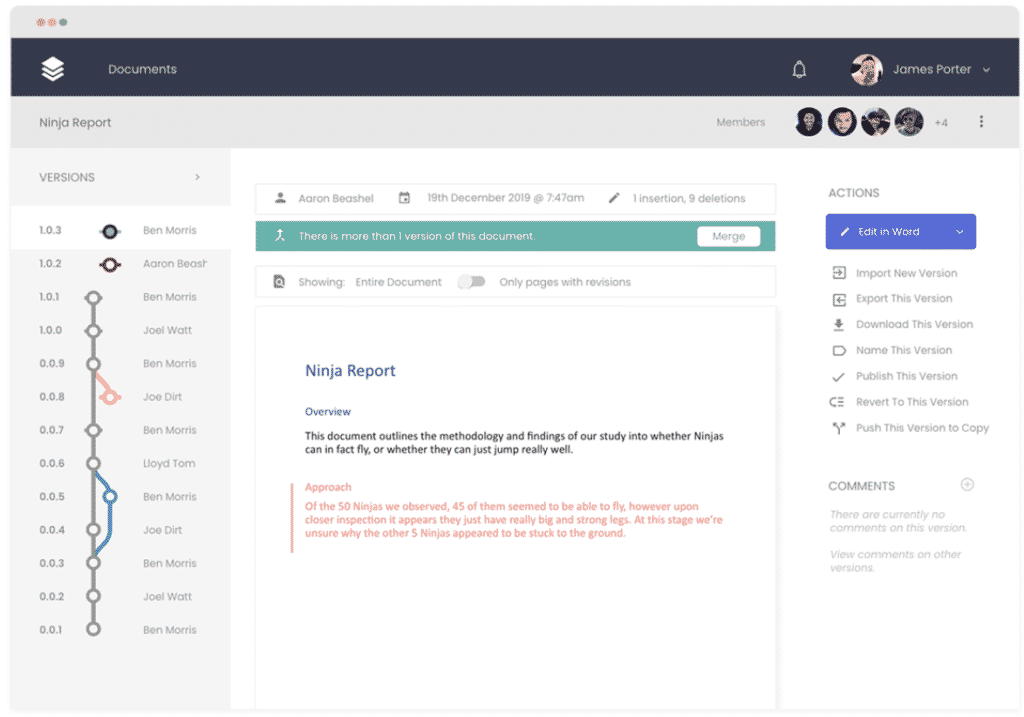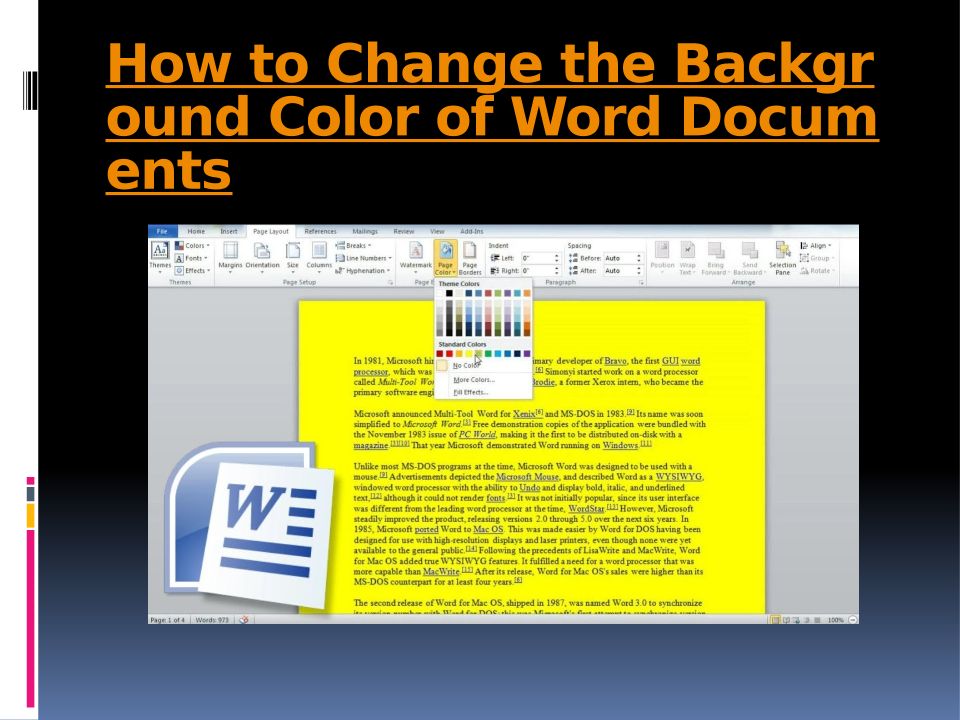

- #How to edit in word rather than docs pdf
- #How to edit in word rather than docs full
- #How to edit in word rather than docs portable
- #How to edit in word rather than docs password
If your document is stored in a SharePoint library, see if the Version History feature has been configured for the library.Ĭopy and paste text, and copy/paste pictures from the web. If your document is stored on OneDrive, use the Version History feature in OneDrive. Versions are managed on the server rather than in Word for the web. Click Open in Word to remove editing restrictions.
#How to edit in word rather than docs password
Word for the web can’t open documents that are encrypted with a password.Ī document that requires a password to modify it opens in Word for the web in Reading view, but the document cannot be edited in the browser. IRM protection can’t be added to documents in Word for the web. In Outlook Online attachments and SharePoint libraries that are IRM-protected, Word for the web opens documents for reading, but not for editing. To use features beyond what’s available in Word for the web, click Open in Word. The following tables describe how Word for the web supports features that might apply to your documents. Additionally, many kinds of objects are displayed as placeholders. Editing view doesn’t show page formatting, such as margins or page breaks, cover pages, or headers and footers. When you edit a document in Word for the web, the document is presented in Editing view so that you can edit and format text. Top of Page Features that differ between the browser and the desktop Word for the web does not display rulers and gridlines. Likewise, side-by-side viewing and split windows are not available in Word for the web.
#How to edit in word rather than docs full
Other views available in the Word desktop app (Outline, Draft, Web Layout, and Full Screen Reading) are not available in Word for the web.

In Reading view, Word for the web displays a document as it looks in Print Layout view. To use features that are not available in Word for the web, click Open in Word. When you are viewing a document, some features work differently in the browser than they do in the Word desktop app.
#How to edit in word rather than docs pdf
Word for the web uses a PDF reader to print documents (see the list of supported PDF readers). When you view or print a document in Word for the web, the document looks the same as it does in Print Layout view in the Word desktop app. Top of Page Features supported for viewing and printing
#How to edit in word rather than docs portable
For example, these formats are not supported: Rich Text Format (RTF), Hypertext Markup Language (HTML), Portable Document Format (PDF), and Multipurpose Internet Mail Extensions HTML (MHTML). Word for the web can’t open documents in other file formats. Word for the web can’t save documents in the. Word for the web displays documents in these formats, but to edit the document in the browser, Word for the web saves a new copy of the document in. The document can be opened, but macros do not run. Word Macro-Enabled Document (.docm) or Word Macro-Enabled Template (.dotm)


Word for the web opens documents in these formats: In this articleįeatures supported for viewing and printingįeatures that differ between the browser and the desktopįile formats supported in Word for the web Note: If you are using Word for the web with SharePoint 2010, see this version of Differences between using a document in the browser and in Word.


 0 kommentar(er)
0 kommentar(er)
